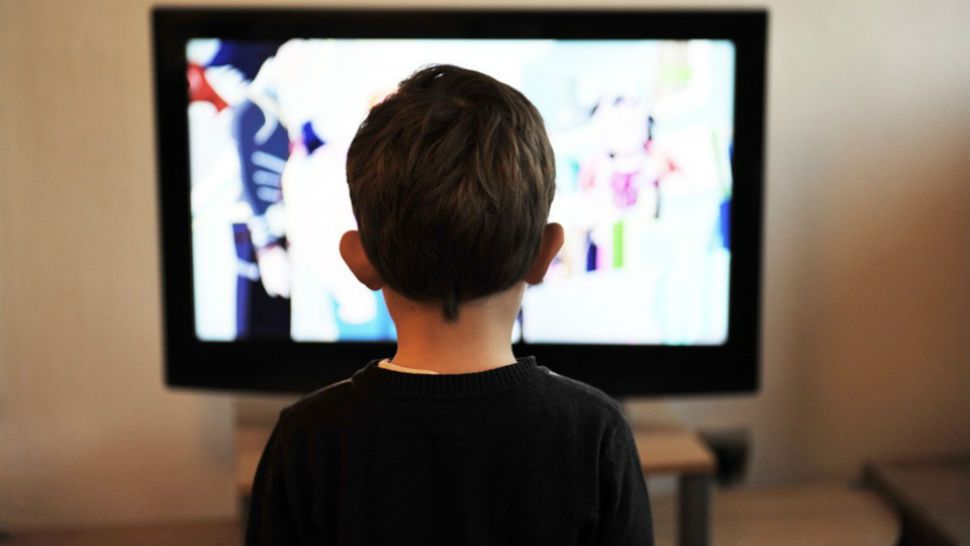COLUMBUS, Ohio — Unless you grew up with the limitations of a television built into a cabinet with one knob for volume and another to change between the three network channels, it’s hard to imagine the revolution that was QUBE.
In 1977, most American households had three television channels and nothing more. Decades before the internet or streaming, smartphones or movies on demand, QUBE brought choices and the ability to vote with your remote to thousands of midwestern homes.
QUBE TV was an innovative experiment that originated from Warner Communications studios in Columbus, Ohio, from 1977 to 1984. The brainchild of New York cable executives brought to life by a band of young, creative producers, QUBE introduced interactive TV.
“These things had never been considered in the world of network television,” said Howard Blumenthal, an early QUBE producer who went on to run shows like MTV’s “Remote Control,” making a name for himself later as one of the developers of “Where in the World is Carmen Sandiego?” “We were trying to figure out, ‘What is a channel?’”
Signature shows like Sight on Sound, began in Columbus as part of QUBE, and went on to become the mega hit known as MTV.
“Think Dick Clark on steroids,” said operations manager Jim Jaeger, describing Columbus Goes Bananaz, a live show developed for teenagers that featured bands as well as serious topics.
“We made a real effort not to dumb it down,” said Carol Williams, QUBE marketing and programming.
One of the big hits of the time was Pinwheel, children’s programming that featured puppets interacting with adults, alongside songs and cartoons. It would later inspire the creation of an entire network of children’s programming, Nickelodeon.
“Mike Dann (Warner Communications consultant and former CBS VP of Programming) had this great spirit. He thought, ‘I’ll just get a group of kids together and they’ll put on a show!’” said Sandra Moore, Pinwheel producer and writer.
By the early 1980s, the pressure of churning out six-plus hours of live TV a day was too much to sustain. But QUBE had already laid the groundwork for how television is consumed today, with programming at the click of a button and more choices than ever before. And it inspired a generation of TV minds who would reinvent the way we watch.
“I think the best thing about the whole QUBE experience is that everybody put their whole heart and soul into it. Everybody gave what they could, whenever they could,” said former Pinwheel host George James.



